You can compost food scraps along with leaf and yard debris at home, school, or work. Here’s what you need to know. You can also download these guidelines below or ask your municipality, school, or another community organization to host a free composting workshop where you and other members of the community can learn together.
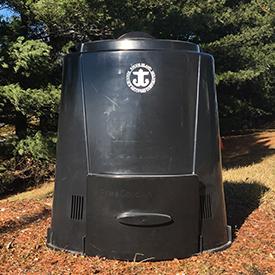
Build or Buy a Bin (or two!)
Search online for “DIY compost bins” if you want to build your own, or buy bins at Resource Recovery.
What goes in my bin?
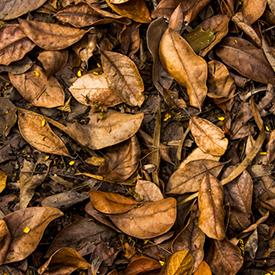
Browns (3 parts)
- Leaves
- Twigs
- Dead flowers
- Straw
- Corn stalks and husks
- Shredded cardboard and paper
- Paper towels and napkins
- Vacuum cleaner bag contents
- Dryer lint
- Untreated wood chips and saw dust
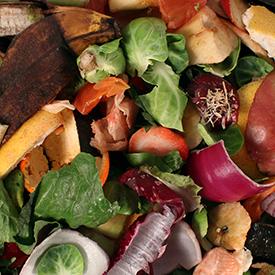
Greens (1 part)
- Vegetable and fruit peels, cores, rinds, scraps
- Spoiled vegetables and fruits
- Eggshells
- Coffee grounds, filters and tea bags
- Grass clippings
- Fresh plant and yard trimmings
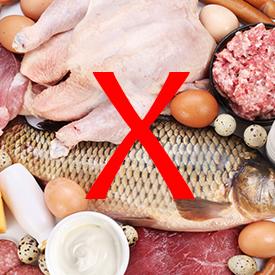
Do NOT Compost
- Meat, fish, and poultry
- Bones
- Dairy products
- Egg whites and yolks
- Fats, oil, and grease
- Pet waste
- Weeds laden with seeds
- Diseased plants
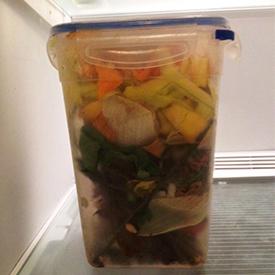
Using Your Bin
- Use an airtight scrap pail on your counter or keep a scrap container or bag in the fridge or freezer.
- Chop up larger scraps into smaller pieces.
- Keep a 3:1 ratio of browns to greens.
- Your pile should feel like a wrung-out sponge. If it is dry, add a little water. If it is wet, add some browns.
- Your pile needs oxygen. Use a garden tool, like a hoe or a pitchfork, to stir up contents weekly.
Harvesting Compost
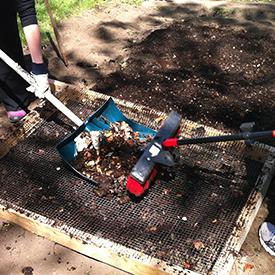
One bin
Use a screen built with 2x4s and wire mesh to separate recognizable scraps from compost. Add scraps back into bin.
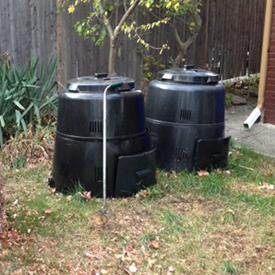
Two bins
Stop adding materials to bin #1. Start using bin #2. Continue to stir up contents of bin #1 until all scraps break down.
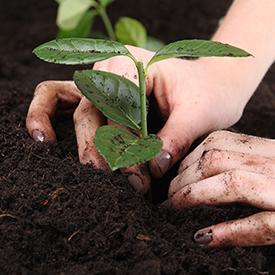
Using Compost
- Curing: Compost with no recognizable scraps needs to sit for about four weeks before it is at ambient temperature, and ready to use. One way to ensure compost is cured is to apply it four weeks before planting.
- New beds: Till 1-3” into top 12” of dark soil or 2-6” into light soil.
- Maintenance: Once fully cured, place on areas that you have already planted.
- Basic potting mix = 1/3 compost +1/3 sand + 1/3 soil
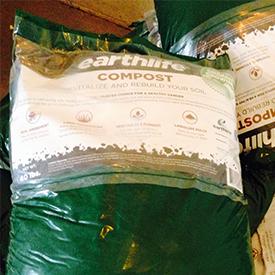
Need More?
Compost made from RI's leaf and yard waste, and approved for use in organic growing, is available at Resource Recovery.



